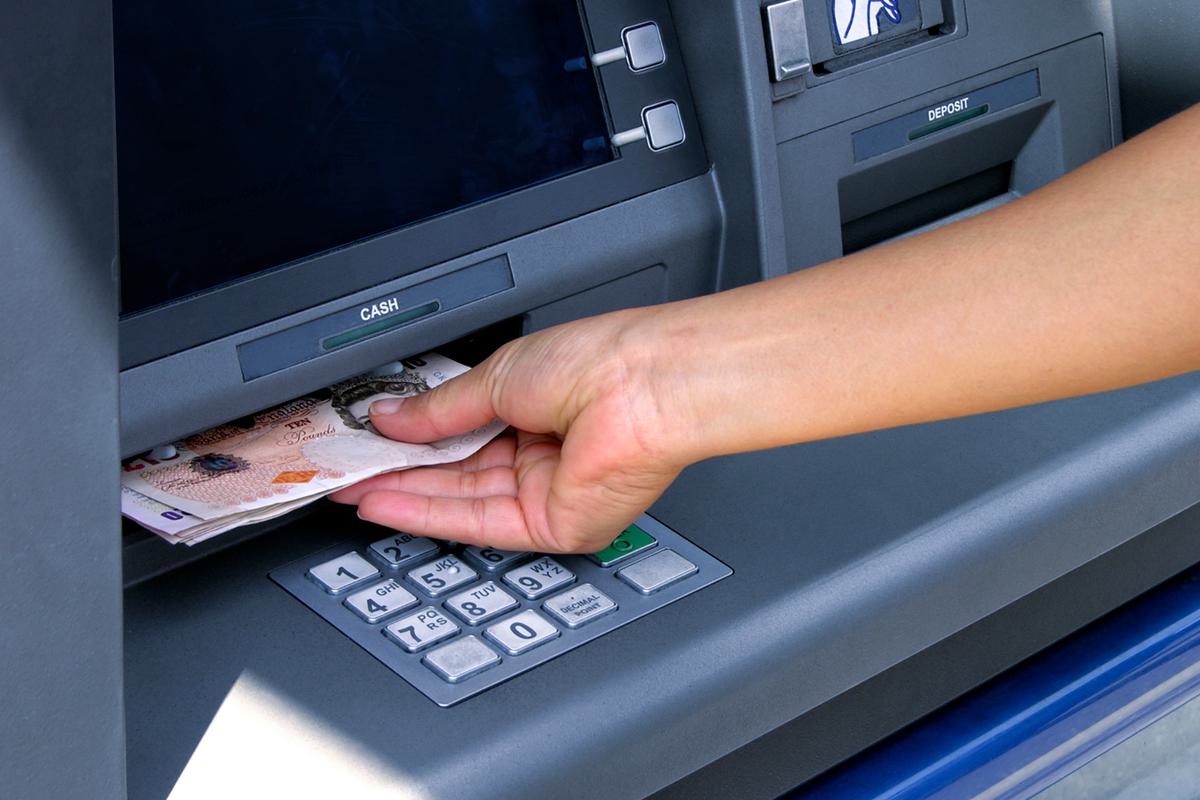Supreme Court ruling on ATM business rates

We wrote about ATMs (automated teller machines) and business rates back in November 2018, when large retailers had won a legal battle with the Valuation Office Agency (VOA) over the business rates liability for ATMs located on their property. You can read the full article here.
The VOA challenged this ruling with the case being heard by the Supreme Court. The full judgment can be viewed here.
The ruling
The judgment, handed down by the Supreme Court on 20th May, ruled that for all types of ATMs they will be no longer to be viewed as separate hereditaments and that therefore no additional business rates could be charged for having them on site in any capacity.
This ruling has been welcomed by retailers and the ATM supplier Cardtronics as well as supermarkets.
The Association of Convenience Stores (ACS) chief executive, James Lowman, commented: “This is a landmark ruling from the Supreme Court which will have huge impact on our sector and will help maintain widespread access to cash. Local shops provide the communities that they serve with vital services, including access to cash, but it had become increasingly difficult for retailers to host ATMs with the high cost of business rates and cuts to interchange fees.”
Marc Terry, international managing director of ATM supplier Cardtronics, said: “This decision will benefit small businesses and local high streets, and the vital role they will play in the UK economy once the current lockdown has been lifted. With banks continuing to withdraw from the high street, the general public relies on the vital basic banking services that independent ATMs in shops and supermarkets provide.”
The implications of the ruling
The Supreme Court ruling will need to be implemented; this means that there will need to be a simple procedure to process the refund and compensation that is owed to retailers who are now owed a refund. The total amount repayable is estimated to be around £430m for businesses that have been paying the additional rates and are now owed the money they have paid out.
This ruling is particularly welcomed by the small business community of independent retailers in local communities and more rural areas as it means they are able to continue to offer ATM machines that are much needed by the communities they serve.
Types of ATM
As cash machines are frequently positioned outside supermarkets and operated by a separate bank rather than the supermarket, the VOA listed them as separate hereditaments for business rates valuation purposes.
The case covered four different ATM set ups:
External ATMs
These ATMs are found fixed onto or built into external walls of stores. These ATMs can be used 24 hours a day. They are chained to the floor of the cash room of the stores and are connected to the electricity supply of the store. The money dispensed is owned by the bank but kept in the cash room of the stores.
Internal ATMs
These ATMs are available only for use within the stores and can therefore only be accessed when the store is open.
Convenience store ATMs
These ATMs are like other external ATMs. However, because of the much-reduced floor space of these stores, the maintenance and loading of the ATMs are more integrated with the day-to-day running of the store.
Moveable ATMs
These ATMs can be unbolted from the floor and moved easily.



